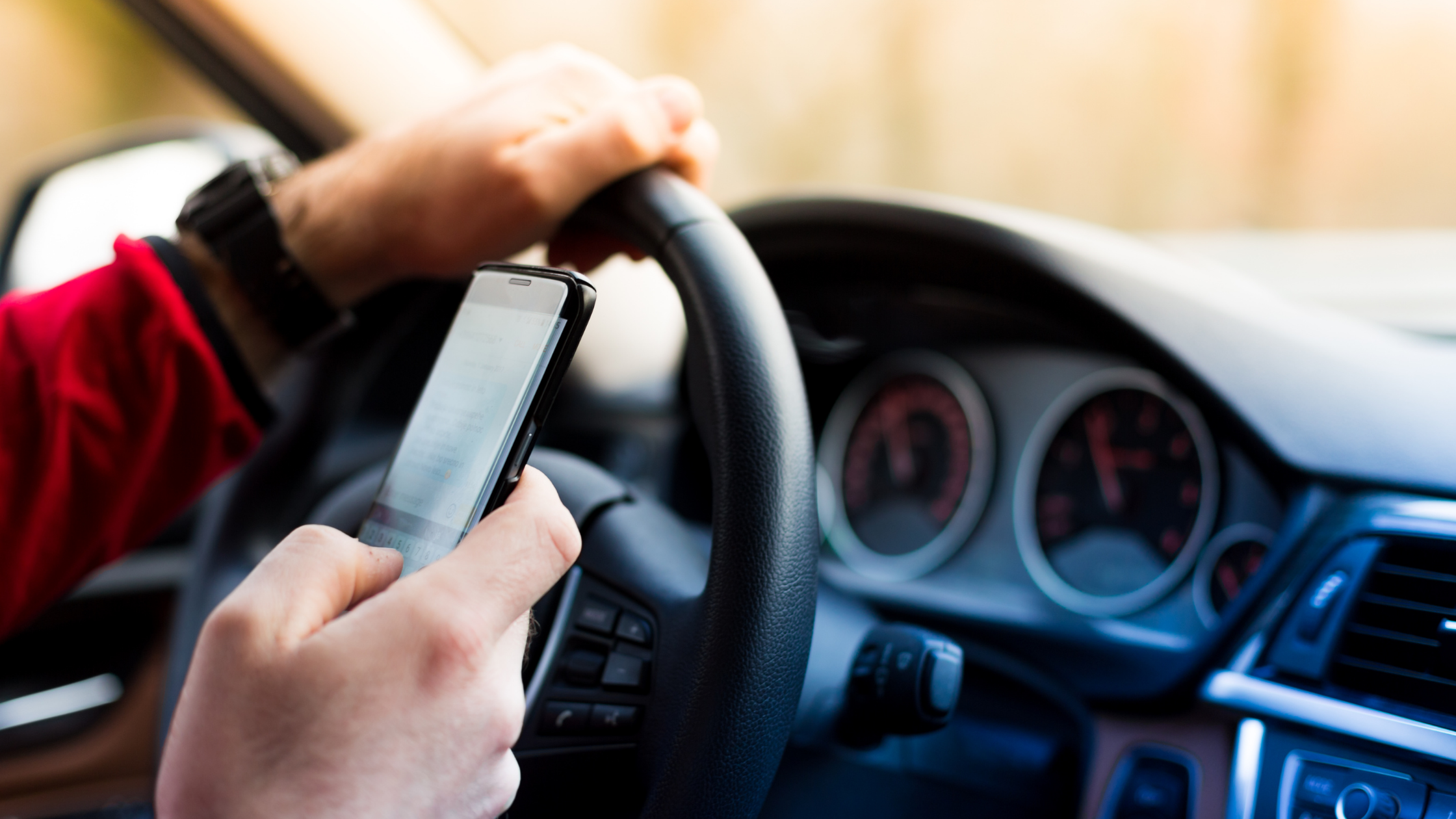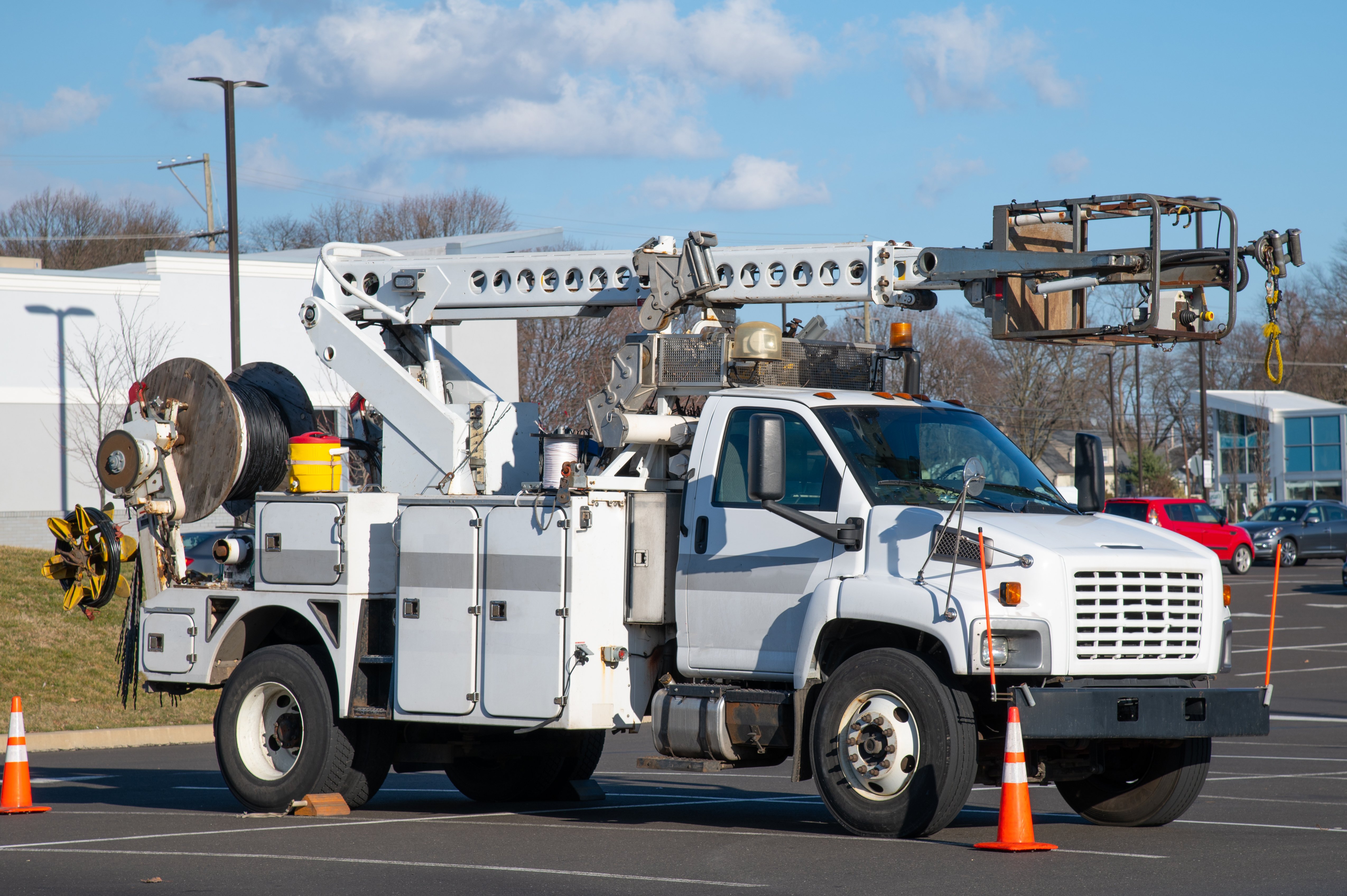
Texting while driving is extremely dangerous and irresponsible. This is why most states throughout the United States have made cell phone use behind the wheel illegal. Although many drivers, especially young ones, continue to participate in cell phone use behind the wheel, many don’t understand how deadly this behavior can be.
Vehicle crashes are a large contributor to the annual death toll in the United States, causing more than 38,824 fatalities in 2020 alone according to data released by U.S. Department of Transportation’s National Highway Traffic Safety Administration. While the estimated number of reported crashes decreased in 2020 compared with 2019, the fatality rate increased by 21%, which was the highest level since 2007.
In 45% of fatal crashes, the drivers of passenger vehicles were engaged in risky behavior behind the wheel. Ronald Bua, a Pittsburgh injury attorney and distracted driving safety advocate, says that reducing cell phone use behind the wheel can drastically reduce that number, and is something that parents, advocates and drivers should work on.
But I’m Good At It
Many drivers think that they are “good” at texting and driving. This is like saying you’re good at driving blindfolded — you’re not. Many drivers think that texting and driving is dangerous for everyone except themselves, and deny the risk they assume when they participate in it.
Most studies, like the one from King’s College and AT&T’s Teen Driver Survey among others, constantly find that drivers know texting while driving is extremely dangerous, and yet they do it anyway.
Some of the statistics behind texting and driving crashes are astonishing. Let’s take a look.
The Most Shocking Facts About Texting and Driving
- There were 3,142 fatalities caused by distraction-affected crashes in 2020.
- People who text while driving are 6 times more likely to get into a crash than those who drive while intoxicated. In short, you’re less likely to cause a crash while driving drunk than you are while texting behind the wheel.
- The average amount of time a driver takes to type out a text message is 5 seconds. If you’re driving 55 mph and look down to text for five seconds, you’ve already driven the length of a football field. In 2014, the Journal of Adolescent Health reported that the maximum amount of time a driver can safely look away from the road is only two seconds.
- 11 teenagers die every day due to texting and driving. Teenagers are 400% more likely to cause a crash from texting and driving. AT&T’s Teen Driver Survey found that 97% of teenagers think it’s dangerous, while 43% of them engage in the activity anyway.
- According to the National Safety Council, cell phone use while driving leads to 6 million crashes per year.
- Drivers distracted by texting are 8 times more likely to be involved in a crash than non-distracted drivers.
- A University of Utah study reported that a teen driver who is using a cell phone has the same reaction time as a 70-year-old driver who isn’t using a cell phone.
- 64% of all vehicle crashes in the United States each year are caused by cell phone usage behind the wheel — that’s 1.6 million crashes.
- Since 2010, over 660,000 drivers are using cell phones while driving at any given moment in the United States. The Office of Traffic Safety chalks this up to how addicted Americans have become to technology and cell phones.
- 421,000 people in the United States are injured each year by distracted drivers.
What’s the Solution?
Enough people die in vehicle crashes each year to wipe out the population in just two human life cycles — with distracted driving being a major contributor to those deaths. Many companies and state governments are racing to determine the solution to distracted driving — apps that reward you for not using your phone while behind the wheel, cars that block cell phone signals and rising fines for cell-phone-use citations.
But many experts agree that the beginning of a distracted driving solution is the drivers themselves.
Our culture has become deeply obsessed with technology and our phones. In fact, 88% of drivers admit to using their phones while driving — daily. Learning to curb those impulses, whether it be turning your phone off or placing it in the backseat, can train drivers to get into the habit of leaving their phones alone while operating a motor vehicle. Additionally, safety experts urge parents to set a good example by disregarding their phones while their children are in the car.
Safe Driving Starts With You
By understanding how deadly and dangerous texting and driving is, we can help prevent future generations from participating in this detrimental activity. Learning and applying The Smith5Keys® helps drivers prepare for and safely react to the dangerous actions of other drivers. Help us put an end to distracted driving — watch and share Smith System and Driver’s Alert’s End Distracted Driving video.









